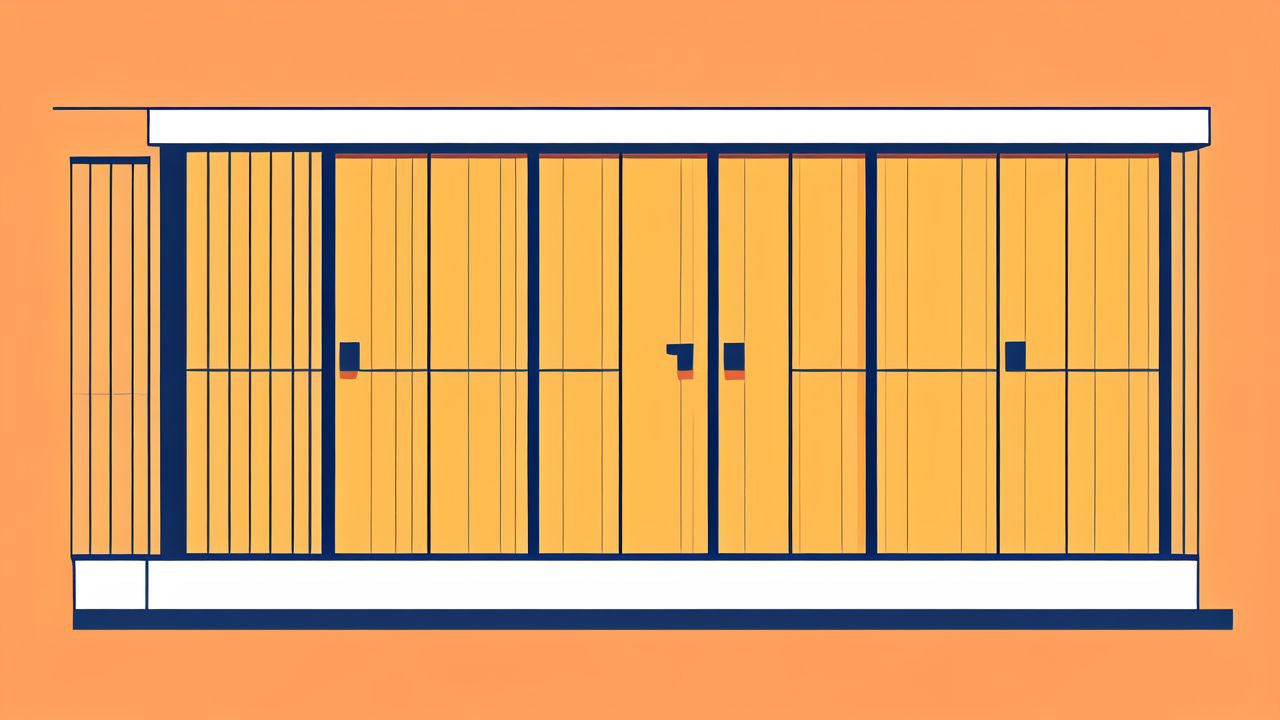Understanding the Fundamentals of Fence Picket Materials
Composite Fence Picks: An Overview
Composite fence pickets are a modern fencing solution. They're made from a mix of wood fibers and plastic. This blend creates a strong and durable material. Composite pickets offer many benefits for homeowners.

Key features of composite fence pickets:
- Resistant to rot and insect damage
- Low maintenance requirements
- Long-lasting color that doesn't fade
- Eco-friendly due to recycled content
Composite pickets come in various styles and colors. They can mimic the look of wood while being more durable. Many homeowners choose them for their longevity and ease of care.
Traditional Fence Picks: An Overview
Traditional fence pickets are usually made of wood. Common types include cedar, pine, and redwood. Each wood type has its own unique qualities and look.
Characteristics of traditional wood pickets:
- Natural, classic appearance
- Can be painted or stained
- Often more affordable upfront
- Biodegradable at end of life
Wood pickets have been used for centuries. They offer a timeless look that many people love. However, they need more care than composite options to stay in good shape.
The Environmental Impact of Fence Picket Materials
Choosing between composite and traditional fence pickets affects the environment. Composite pickets use recycled materials, which reduces waste. They also last longer, so they don't need to be replaced as often.
Wood pickets are natural and can break down over time. But they often need chemical treatments to last longer. These treatments can harm the environment.
Making composite fencing does create some pollution. But its long life can make up for this over time. Wood fencing seems more eco-friendly at first. But frequent replacements can cancel out this benefit.
Both options have pros and cons for the environment. The best choice depends on your local climate and personal values.
Evaluating Durability and Longevity of Fence Picks
Factors Influencing the Lifespan of Composite Picks
Composite fence pickets are known for lasting a long time. Several things affect how long they last:

- Quality of materials: Better composites last longer.
- UV protection: Good UV resistance prevents fading.
- Moisture resistance: Better moisture barriers prevent damage.
- Proper installation: The right setup ensures longevity.
- Climate: Extreme weather can affect lifespan, but less than with wood.
Composite pickets can last 20-30 years or more with good care. They resist rot, insects, and warping that often damage wood fences.
Regular cleaning is usually enough to keep composite fencing in good shape. This low-maintenance aspect is why many homeowners choose composite.
The Lifespan of Traditional Fence Picks in Different Climates
Traditional wood fence pickets last for different lengths of time based on climate and wood type.
How long wood fences last in different climates:
- Dry areas: Wood fences may last 15-20 years with good care.
- Humid regions: Lifespan can be 5-10 years due to moisture issues.
- Cold places: Freeze-thaw cycles can cause cracks, shortening life.
- Coastal areas: Salt air can damage wood quickly.
Cedar and redwood naturally fight decay and insects. This makes them last longer than pine in most places. But all wood fences need regular care to last as long as possible.
Maintenance and Upkeep of Fence Picks
Composite and traditional fence pickets need different levels of care.
Composite picket care:
- Yearly cleaning with soap and water
- Checking for loose parts now and then
- No need for painting or staining
Traditional wood picket care:
- Painting or staining every 2-3 years
- Yearly checks for rot, bugs, or damage
- Replacing broken pickets as needed
- Sealing wood to prevent moisture damage
Composite fencing saves a lot of time and money on care. This is especially true in harsh climates where wood fences need more attention.
Economic and Aesthetic Implications of Fence Picking Choices
Cost-Benefit Analysis of Composite vs. Traditional Picks
When comparing costs, it's important to think about both short-term and long-term expenses.

Initial costs:
- Composite pickets: Higher upfront cost, often 2-3 times more than wood
- Traditional wood pickets: Lower initial cost
Long-term costs:
- Composite: Very low maintenance costs over 20-30 years
- Wood: Regular expenses for paint, stain, and new pickets
Over time, composite fencing often becomes cheaper. The low maintenance needs and longer life make up for the higher initial cost.
For those on a tight budget, wood may be better in the short term. But for long-term homeowners, composite might save money overall.
Impact on Property Value and Aesthetics
Fencing can greatly affect how a property looks and how much it's worth.
Composite fencing benefits:
- Looks good for a long time
- Many colors and styles to choose from
- Adds value through durability and low maintenance
Wood fencing advantages:
- Classic, natural look many people like
- Can be painted or stained any color
- May add charm to older or traditional homes
Both types can increase property value when well-maintained. Composite fencing may appeal to buyers who want low-maintenance options. Wood fences can attract those who like a more traditional look.
The best choice depends on the neighborhood, home style, and local preferences. In some areas, a well-kept wood fence might be more desirable. In others, the modern look of composite could be a selling point.
The Future of Fencing: Trends and Innovations
The fencing industry keeps changing, with new trends and technologies appearing.
New trends in composite fencing:
- Better textures that look more like real wood
- Colors that stay bright longer
- Smart features for added security
New ideas for traditional fencing:
- New treatments to make wood last longer
- More eco-friendly ways to get wood
- Mixes of wood and composite materials
Both types of fencing are likely to become more eco-friendly and durable. More people are looking for fences that last long and need little care.
As climate change becomes a bigger concern, more homeowners may choose weather-resistant options. This could lead to more new ideas in both composite and traditional fencing materials.
Choosing between composite and traditional fence pickets isn't always easy. It depends on your climate, budget, style preferences, and long-term plans. By thinking about all these factors, homeowners can make the best choice for their needs.
